What makes tomatoes early, mid and late season?
sheltieche
10 years ago
Related Stories
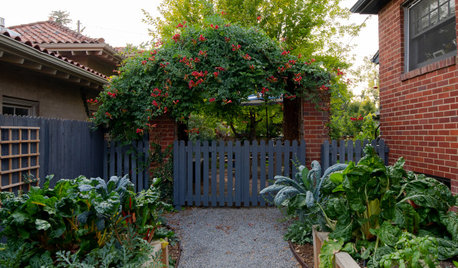
GARDENING GUIDES12 Edibles Perfect to Plant in Late Summer
Keep those homegrown vegetables and greens coming well into fall
Full Story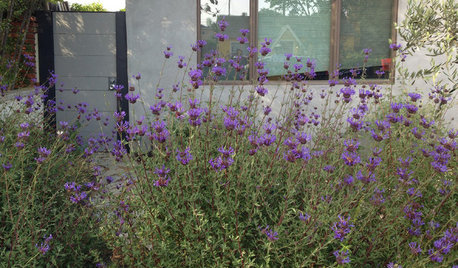
GARDENING GUIDES10 Late-Winter and Early-Spring Bloomers for the West
Tired of waiting for spring to arrive? Try these drought-tolerant, flowering plants for color that starts in late winter
Full Story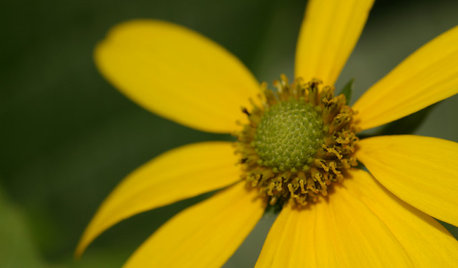
FLOWERS AND PLANTSRudbeckia Laciniata Enlivens Late-Season Shady and Sunny Sites
Give long-blooming, towering cutleaf coneflower room to spread in U.S. gardens for maximum rewards
Full Story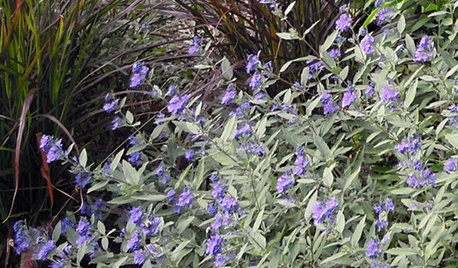
SHRUBS5 Glorious Late-Season Shrubs
Spilling over with berries or bursting with blooms, these stunning underused shrubs keep the garden party going through fall
Full Story
NATIVE PLANTSPlant These Fall-Flowering Natives in Early Summer for Pollinator Love
These 3 groups of plants will support masses of beneficial insects come autumn
Full Story
EDIBLE GARDENSSummer Crops: How to Grow Tomatoes
Plant tomato seedlings in spring for one of the best tastes of summer, fresh from your backyard
Full Story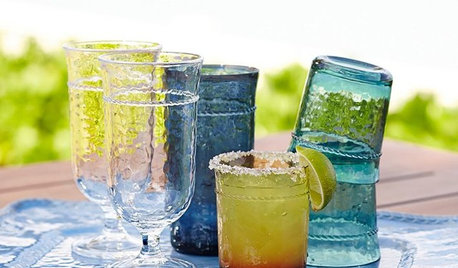
PRODUCT PICKSGuest Picks: Host a Late-Summer Soiree
Have a beachy but elegant summer fling with serveware, glasses and accessories that nod to nautical
Full Story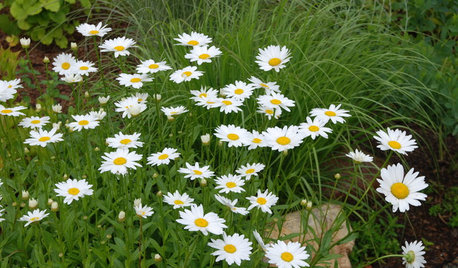
FLOWERSBest Cutting-Garden Beauties for Late Summer
Pick blooms bursting with color or in classic white for bouquets to give away or keep all to yourself
Full Story
FALL AND THANKSGIVINGIt's Not Too Late to Decorate: Minimalist Fall Decor
No need to go all-out with autumn decorations. Nod to the season with just a few well-placed pumpkins and flowers
Full Story
MOST POPULARHow to Start a Cool-Season Vegetable Garden
Late summer and late winter are good times to plan and plant cool-season crops like salad greens, spinach, beets, carrots and peas
Full StoryMore Discussions







digdirt2
seysonn
Related Professionals
Mendota Heights Landscape Contractors · Rosemount Landscape Contractors · West Chester Landscape Contractors · Clearfield Landscape Contractors · Bowling Green General Contractors · Browns Mills General Contractors · Dardenne Prairie General Contractors · Olney General Contractors · Warrenville General Contractors · Melvindale Stone, Pavers & Concrete · Castle Rock Decks, Patios & Outdoor Enclosures · Haddonfield Decks, Patios & Outdoor Enclosures · Huber Heights Decks, Patios & Outdoor Enclosures · Lakewood Decks, Patios & Outdoor Enclosures · Liberty Decks, Patios & Outdoor Enclosurescarolyn137
sheltiecheOriginal Author
digdirt2
sheltiecheOriginal Author
seysonn
smithmal
seysonn
smithmal
carolyn137
seysonn
carolyn137
yukkuri_kame
carolyn137